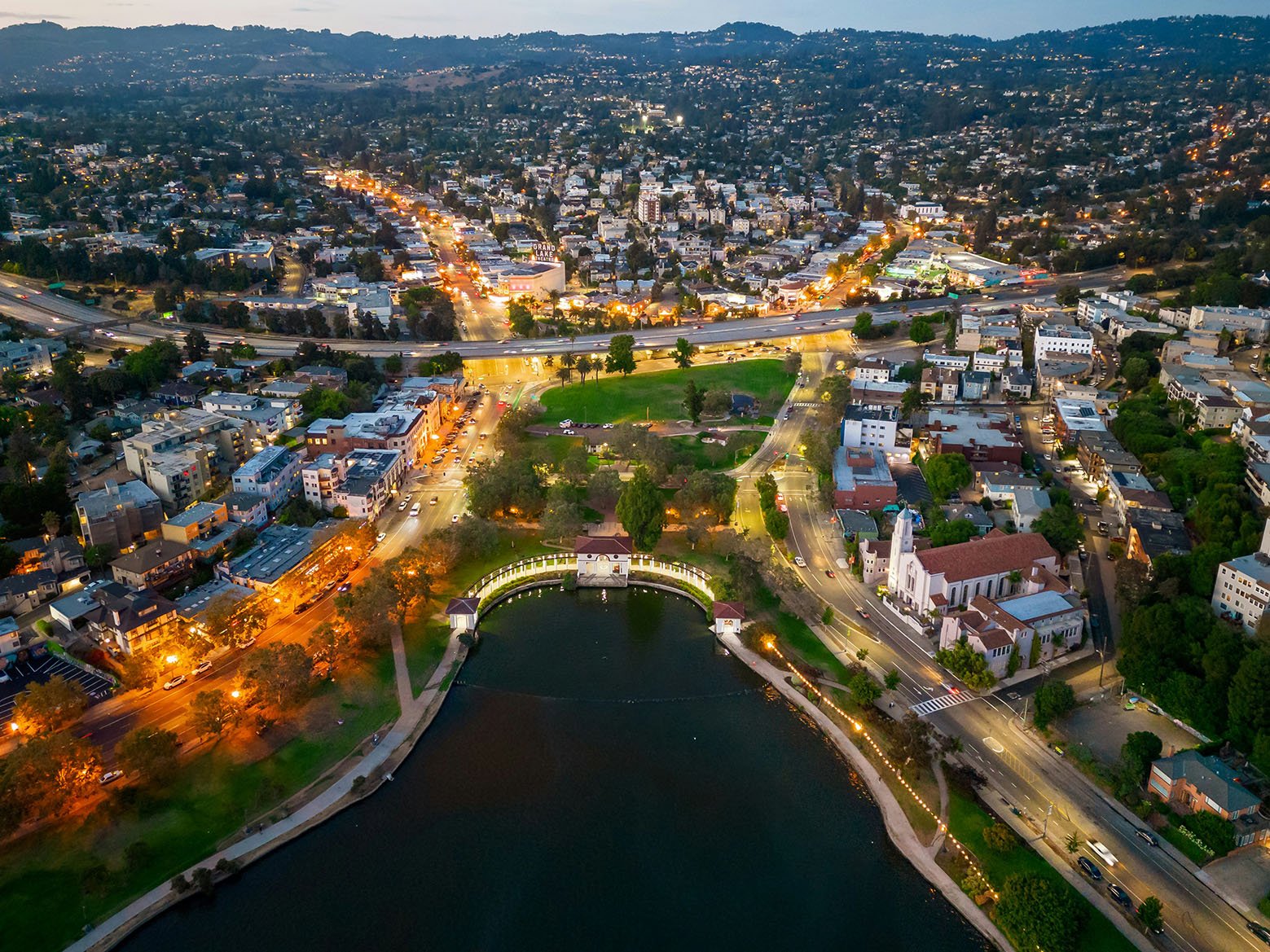An Overview
Oakland, California, boasts a rich and diverse history, deeply rooted in the cultures of the indigenous tribes who originally inhabited the land. Prior to European contact, the Ohlone people had thrived in the area for thousands of years, living harmoniously with the region's natural resources. These pre-European inhabitants practiced a sustainable lifestyle, deeply connected to the land and waterways that would later become central to Oakland's development.
The modern history of Oakland began in the mid-19th century, with the arrival of European settlers. The town was officially incorporated on May 4, 1852. Its establishment was accelerated by the California Gold Rush of 1848, drawing a significant influx of prospectors and entrepreneurs. This era marked the beginning of Oakland's transformation from a tranquil settlement into a bustling urban hub. The Gold Rush not only brought wealth and opportunity but also led to rapid urbanization and economic growth.
A pivotal moment in Oakland's history was the construction of the transcontinental railroad, completed in May 1869. The railroad's western terminus was established at Oakland, cementing the city's importance as a crucial link between the eastern United States and the Pacific Coast. This development catapulted Oakland into a center of commerce, transportation, and industry, laying the foundations for future growth and prosperity.
During World War II, Oakland experienced another significant wave of development. The city became a vital home front, with shipyards and factories producing goods and materials essential for the war effort. These industries attracted workers from across the United States, contributing to Oakland's cultural diversity and economic robustness. The war era saw Oakland grow not just in size but in strategic importance, establishing it as a key player in the nation's industrial landscape.
Post-World War II, Oakland continued to evolve, growing into a vibrant and dynamic metropolis. Its history bears witness to multiple phases of transformation, shaped by its indigenous roots and pivotal industrial advancements.
Geographical Location and Climate
Oakland, situated on the eastern side of San Francisco Bay, offers a distinctive combination of urban and natural landscapes. The city's geographical location is pivotal, as it serves as a gateway to both the bay and the inland regions of California. Bordered by water to the west and the East Bay hills at its rear, Oakland boasts a diverse topography. The hills provide a stunning backdrop and are home to several parks and recreational areas, enhancing the city’s scenic beauty. The expansive waterfront stretches along the western edge, providing ample opportunities for both commercial activities and leisurely pursuits.
Oakland enjoys a Mediterranean climate, characterized by mild, wet winters and warm, dry summers. This climatic pattern significantly influences the daily life and recreational activities within the city. During the winter months, average temperatures typically range from 45°F to 60°F, accompanied by moderate rainfall. Precipitation predominantly occurs between November and March, contributing to the lush greenery seen in the city's parks and hillsides. Conversely, the summer months welcome temperatures averaging from 55°F to 75°F, with minimal rainfall, creating an ideal environment for outdoor activities and events.
The temperate climate makes Oakland an attractive destination for both residents and visitors, supporting a variety of outdoor activities year-round. The reduction in rainfall during summer facilitates numerous festivals, farmers' markets, and waterfront activities, drawing crowds to the city's vibrant open spaces. In winter, the city's parks and natural trails lure hikers and nature enthusiasts who enjoy the refreshed landscapes post-rainfall.
Diverse Demographics
Oakland, California, stands as a quintessential example of demographic diversity, a hallmark that significantly shapes its unique character. As of the latest census, the city is home to approximately 433,031 residents. This diverse population is a melting pot of various age groups, ethnicities, and cultural backgrounds. The age distribution is fairly balanced, with a median age hovering around 36 years, underscoring a community that includes youthful energy and the wisdom of older generations.
The ethnic and racial composition of Oakland is particularly noteworthy. African Americans, Latinx individuals, Asian Americans, and White residents contribute to a rich tapestry of cultural influences. African Americans make up about 24% of the population, Latinx individuals account for roughly 27%, Asian Americans represent approximately 16%, and White residents, around 28%. This racial diversity fosters a multicultural ambiance that permeates every facet of the city's life, from its cuisine to its festivals and public arts.
Adding to this diversity, Oakland is a city of many languages. While English is predominantly spoken, nearly 30% of residents are fluent in a language other than English. Spanish, Chinese, and Tagalog are among the most common languages, reflecting the city's substantial immigrant communities. These communities contribute immensely to Oakland's vibrant social fabric, bringing their traditions, festivals, and unique cultural practices.
The household composition in Oakland is another testament to its diversity. The city features a mix of single-family homes, multi-generational households, and individuals living alone. Family households constitute nearly 60% of all households, with a significant portion of these being multi-generational, underscoring the importance of familial bonds within the community.
As a result of this demographic variety, Oakland boasts a social landscape rich in multicultural traditions. From the Chinese New Year Parade in Chinatown to the Dia de los Muertos celebrations in Fruitvale, the city’s calendar is brimming with events that highlight its diverse cultural heritage. This dynamic demographic profile is instrumental in shaping Oakland's identity as a city that celebrates diversity and inclusivity at its core.

